

字符串操作的全面总结
电子说
描述
字符串操作看似简单,其实非常重要,不注意的话,经常出现代码运行结果和自己想要的不一致,甚至崩溃。本文总结了一些构建string对象方法、修改string对象的方法、string类型的操作函数、string类型的查找、string对象的比较。
1 构建string对象方法
首先,为了在我们的程序中使用string类型,我们必须包含头文件 。如下:
#include
声明一个字符串变量很简单:
string Str;
这样我们就声明了一个字符串变量,但既然是一个类,就有构造函数和析构函数。上面的声明没有传入参数,所以就直接使用了string的默认的构造函数,这个函数所作的就是把Str初始化为一个空字符串。
String类的构造函数和析构函数如下:
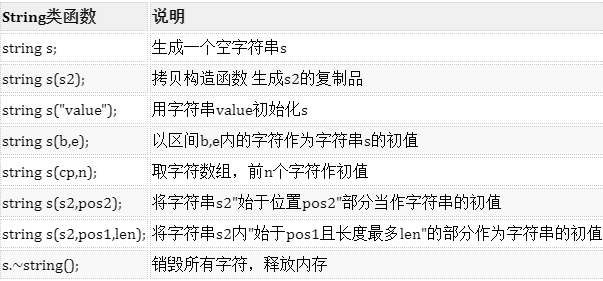
代码实例:
#include
** 运行结果**:
2 修改string对象的方法
与容器共有的 string 操作:
代码实例:
#include
运行结果:
string 类型特有的版本:
string以数组的形式存储,可以用数组的下标进行修改操作:
代码实例:
#include
运行结果:
运行结果
3 适合string类型操作的函数
substr()主要功能是复制子字符串,要求从指定位置开始,并具有指定的长度。
append() 方法在被选元素的结尾(仍然在内部)插入指定内容。提示:如需在被选元素的开头插入内容,请使用prepend()方法。
replace() 该函数返回一个字符串,其中指定的字符串已经被替换为另一字符串,并且替换的次数也可以指定。
代码实例:
#include
运行结果:
运行结果
4 string类型的查找
代码实例:
#include
运行结果:
运行结果
5 string对象的比较
代码实例:
#include
运行结果:
运行结果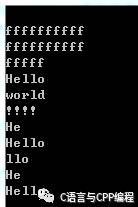

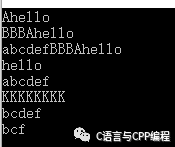 运行结果
运行结果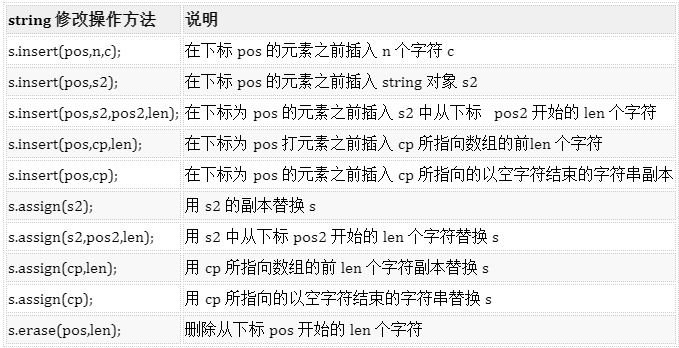
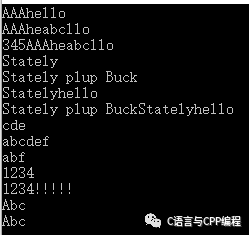
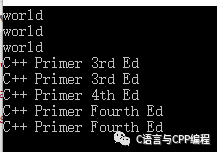
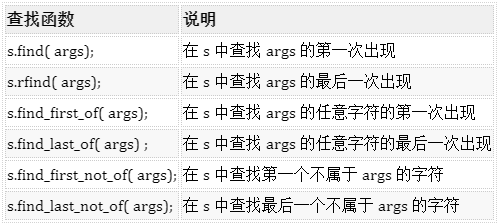



-
字符串反转的实现方式2025-01-07 1305
-
oracle字符串split成多个2023-12-06 6707
-
python字符串序列操作和不可变性2023-02-23 1375
-
C语言总结_字符串全方位练习2022-08-14 2288
-
字符串操作2022-06-28 629
-
strtok拆分字符串2022-01-13 880
-
字符串string对象操作的全面总结2021-11-11 2434
-
C++之字符串类学习的总结2020-12-24 1191
-
LabVIEW的常用字符串操作教程免费下载2020-08-21 1278
-
使用SQL Server连接字符串的资料总结2019-10-18 1078
-
最全面的Python字符串拼接总结说明2019-01-19 3704
-
C语言字符串操作总结大全(超详细)2017-11-15 2334
-
字符串的表示2009-10-13 3475
全部0条评论

快来发表一下你的评论吧 !

